Пожалуйста, учитывайте это при планировании посещения.
С 13 сентября музей работает в прежнем режиме
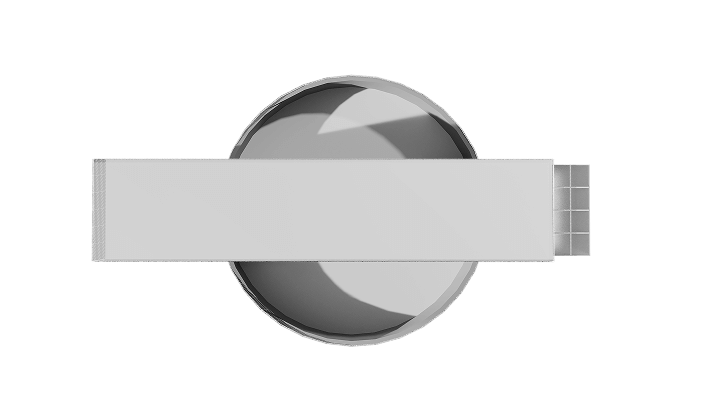
Современный частный музей, открытый в 2016 году на территории бывшей кондитерской фабрики «Большевик».
Современный частный музей, открытый в 2016 году на территории бывшей кондитерской фабрики «Большевик». Выставочные залы расположены на трех этажах футуристического здания-цилиндра, реконструированного специально для размещения коллекции музея.
Постоянная экспозиция знакомит посетителей с произведениями русских художников, работавших в импрессионистической стилистике, а временные выставки рассказывают о мастерах и феноменах отечественного искусства рубежа XIX–XX веков.
Сделать популярным русский импрессионизм как важную составляющую живописи XIX–XX веков в России и за рубежом.
Идея создания Музея появилась у коллекционера Бориса Минца еще в 2012 году. Впервые как единое собрание полотна были представлены в аукционном доме MacDougall’s весной 2014 года. После официальной презентации в Москве значительная часть будущей постоянной коллекции побывала в Иванове, Венеции и Фрайбурге. В 2015 году Музей русского импрессионизма вошел в состав ICOM (Международный совет музеев).
С самого первого дня существования Музей русского импрессионизма занимается специальными образовательными и просветительскими программами. А совместный с «Иностранкой» проект «Картина в библиотеке» почти за 3 года объехал несколько крупных российских городов и вывел Музей в финал «Интермузея-2016».
Здание на территории культурно-делового комплекса «Большевик», где сегодня располагается Музей русского импрессионизма, предназначалось для хранения муки и сахара. Постройка 60-х годов XX века заметно выделялась в архитектурном ансамбле, спроектированном французом Оскаром Дидио в конце XIX века. Исторические здания фабрики были возведены по заказу сыновей кондитера Сиу, тоже француза по происхождению.
Место под постройку, участок на Петербургском шоссе, сыновья приобрели у московской купчихи. «Новое образцовое производство» создавалось и строилось по последнему слову техники.
Открытие состоялось в 1884 году. Фабрика была оснащена мощнейшими паровыми, газогенераторными и нефтяными двигателями. А кондитеры первыми в Москве узнали, что это такое — работать при электрическом свете. Посмотреть на «невидаль» — искусственное освещение в цехах — собирался весь город. Фабрика выпускала конфеты, мармелад, пастилу, пирожные, драже с ликером, мороженое, пряники и варенье.
После революции, в 1918 году, она была национализирована. В 1920-х годах фабрика № 3 получила название «Большевик». В 60-х годах «Большевик» считался одной из крупнейших фабрик в Европе.
Здание мукомольного склада на ее территории сообщалось с соседними цехами длинными трубами, через которые под давлением на производство подавалась мука. Во время перестройки производство пришло в упадок.
В начале 2000-х кондитерскую фабрику было решено вывести за пределы Москвы. Так и здание хранилища муки и сахара потеряло свою основную функцию. В 2012 году за проект реставрации и превращения бывшего мукомольного склада необычной формы — цилиндра с прямоугольным параллелепипедом на крыше — в современный музей взялось британское архитектурное бюро John McAslan + Partners.
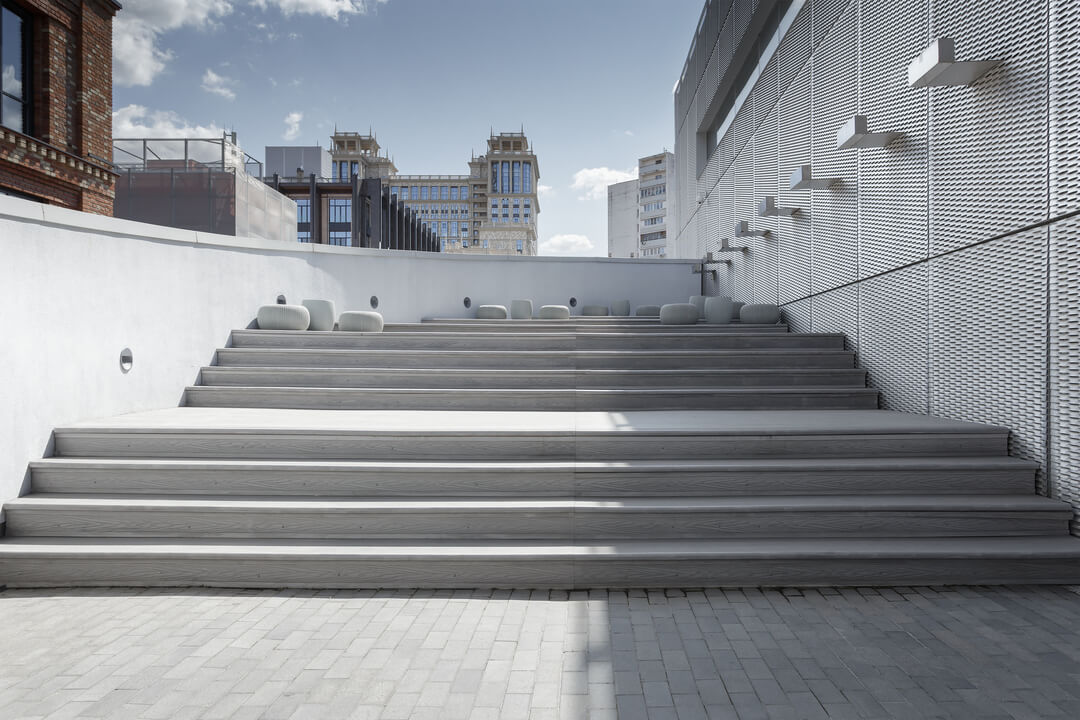
Сегодня комплекс «Большевик» сохранил не только свое «революционное» название, но и исторический облик. Проект по превращению бывшего промышленного пространства в суперсовременный, уютный, светлый и комфортный культурно-деловой центр вписался в общую архитектурную концепцию градостроительной политики Москвы. А главное украшение «Большевика» — Музей русского импрессионизма.
Известные лондонские архитекторы, специалисты в области консервации, реставрации и реновации исторических зданий, авторы проекта обновления знаменитого лондонского вокзала King’s Cross, решили сохранить цилиндрическую форму хранилища муки, но придать зданию будущего музея вид современного арт-объекта. Проект реставрации возглавил директор бюро John McAslan + Partners архитектор Эйдан Поттер (Aidan Potter). Он «заковал» кирпичную постройку в блестящий перфорированный металл, сделал внутренние перекрытия, разбив здание на пять этажей. В итоге продовольственный склад превратился в настоящий музейный комплекс.
В нем с легкостью разместились три выставочных зала общей площадью 1 000 м2. В цокольном этаже, наряду с просторной выставочной зоной, были выделены зоны мультимедиа и интерактивных инсталляций, учебной студии, книжного магазина с музейной атрибутикой. На третьем этаже появились выходы на летние террасы, расположенные прямо на крыше музея, и уютное кафе.
Основным цветом в интерьерах Музея стал светло-серый. Чистота пространства позволяет зрителю наслаждаться яркими картинами русских импрессионистов без лишних отвлекающих факторов. А круговая организация выставочных залов, плавно переходящих с одного этажа на другой, усиливает эмоциональный эффект. При входе, на 1 этаже, зрителя встречает гигантская видеоинсталляция американского художника Жана Кристофа (Jean Christophe).
Здание музея оснащено всеми необходимыми системами для комфортного пребывания в нем маломобильных посетителей.
_(1).jpg)
.jpg)

Картины выдающихся российских художников: Константина Коровина и Валентина Серова, Станислава Жуковского и Николая Богданова-Бельского, — основа постоянной экспозиции Музея русского импрессионизма, расположившейся на 2 этаже.
Постоянная экспозиция Музея русского импрессионизма охватывает значительный период времени. Самая ранняя картина «В овраге» Василия Поленова — учителя Константина Коровина и Валентина Серова — датирована 1879 годом. Многие картины, представленные сегодня в наших залах, были возвращены в Россию из-за рубежа. Например, десятилетия спустя на родине снова оказалось «Лето» Николая Богданова-Бельского.
Само понятие «русский импрессионизм» до сих пор вызывает жаркие споры. Импрессионизму в России не повезло.
Зародившись в конце XIX столетия и почти приобретя собственное звучание, русский импрессионизм начал активно вытесняться авангардом. А после революции так и вообще оказался «вне системы».
Но несмотря ни на что, многие художники и до, и после политического переворота в стране, продолжали творить в импрессионистической стилистике, продолжали экспериментировать на своих полотнах со светом, цветом, стремились передать настроение, эмоцию, уловить тончайшие воздушные вибрации. Импрессионизм вдохновляет художников и сегодня.
Самых маленьких гостей музея (от 4 лет) ждут творческие занятия-экскурсии. На них дети и их родителями, взяв буклеты и цветные карандаши, будут гулять по экспозиции, выполнять задания в игровой форме и рисовать. Продолжить знакомство с импрессионизмом и поработать красками они смогут в мастерской на курсах «Карапузы и прекрасное. Импрессионизм», «Смелое рисование» и «Живописное все подряд».
Подросткам музей предлагает присоединиться к экскурсии-дискуссии, где они познакомятся с крупными русскими импрессионистами и их работами. Также можно попробовать себя в скетчинге в экспозиции и вступить в познавательно-развлекательный клуб, в котором обсуждают картины, читают стихи и разбирают книги про мастеров.
Инклюзивная программа предлагает разнообразные форматы мероприятий для гостей музея. Посетителей с ментальными особенностями всех возрастов ждут встречи в экспозиции, совмещенные с занятиями в творческой студии. Для глухих и слабослышащих гостей регулярно проходят экскурсии на русском жестовом языке. Взрослые незрячие и слабовидящие посетители могут записаться на экскурсии с тифлокомментированием, а дети и подростки посетить интерактивные занятия с применением методик музыкотерапии и пластического театра.
Здание Музея русского импрессионизма впечатляет посетителей не только снаружи, но и внутри. При входе, в фойе 1 этажа, посетителя встречает гигантская видеоинсталляция, на всех этажах расположены мультимедийные экраны, а на -1 этаже находится мультимедийный зал-трансформер с киноэкраном.
Музей традиционно находится в авангарде современных тенденций развития музейных технологий. Осуществление высокопрофессиональных научных, реставрационных, выставочных, образовательных, издательских и других музейных проектов возможно благодаря координации деятельности музея и его партнеров. Узнать о сотрудничестве с нами вы можете в разделе «Музей бизнесу»






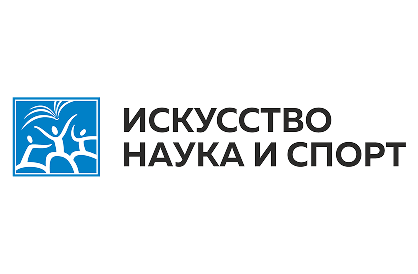








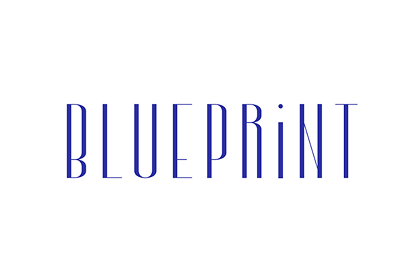
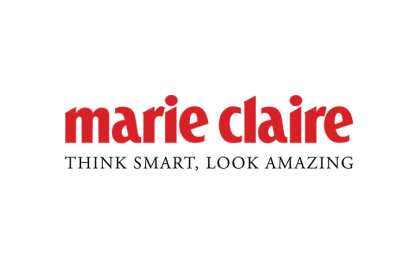


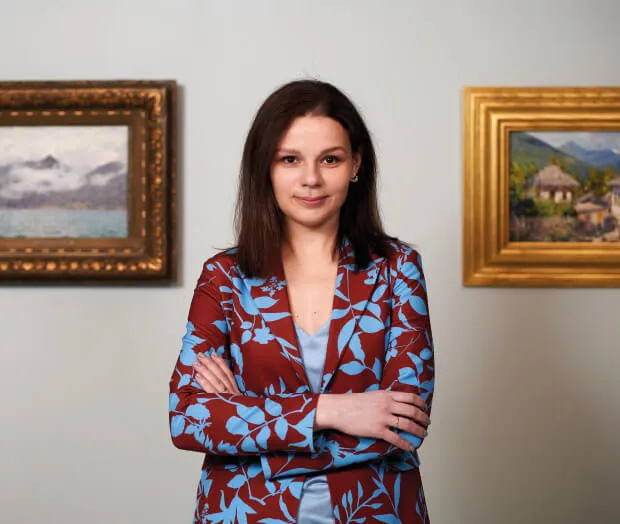
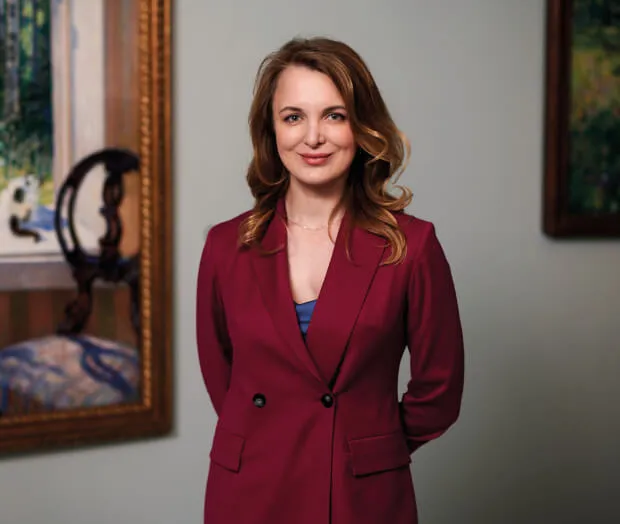
-01.webp)

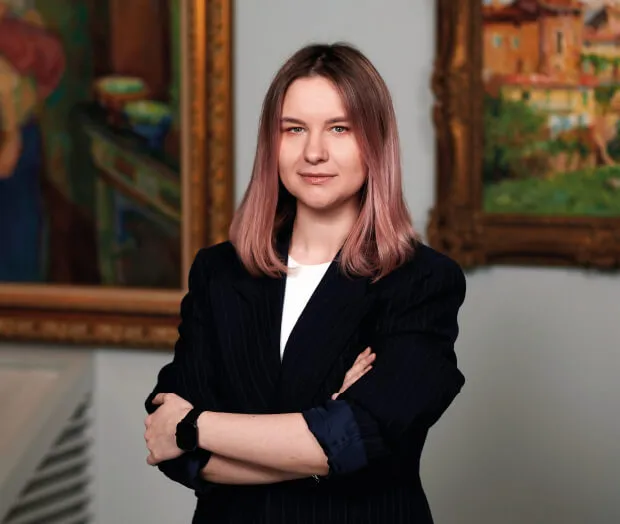
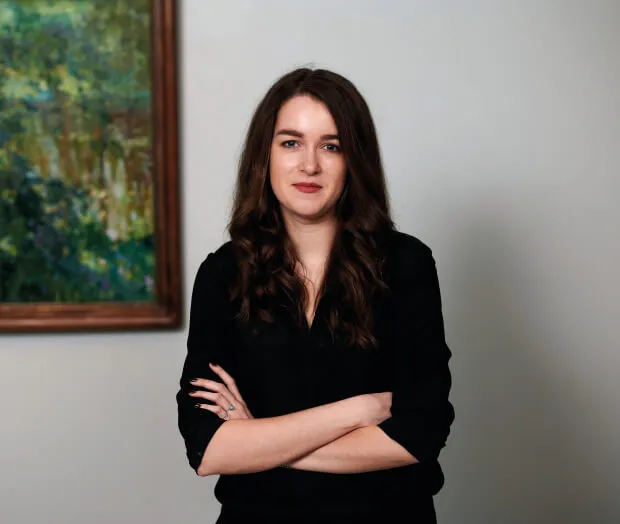
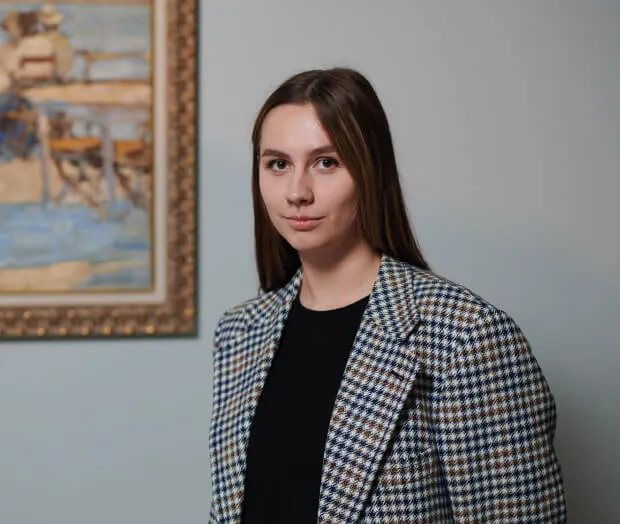
.webp)
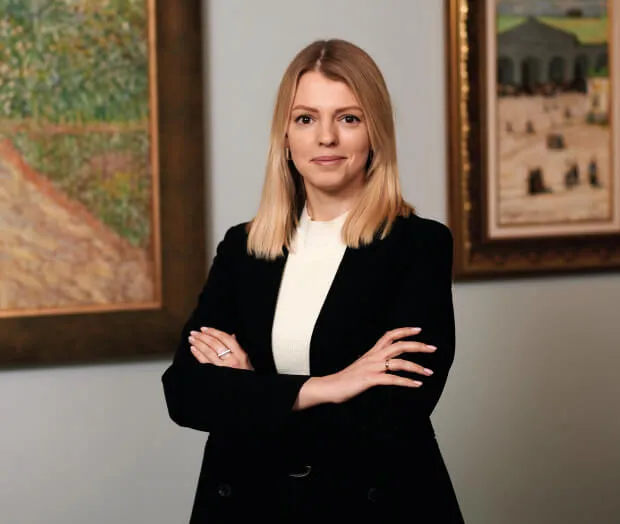
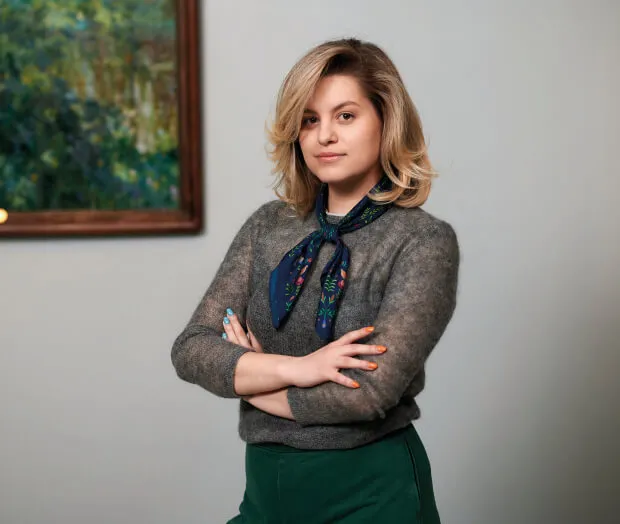
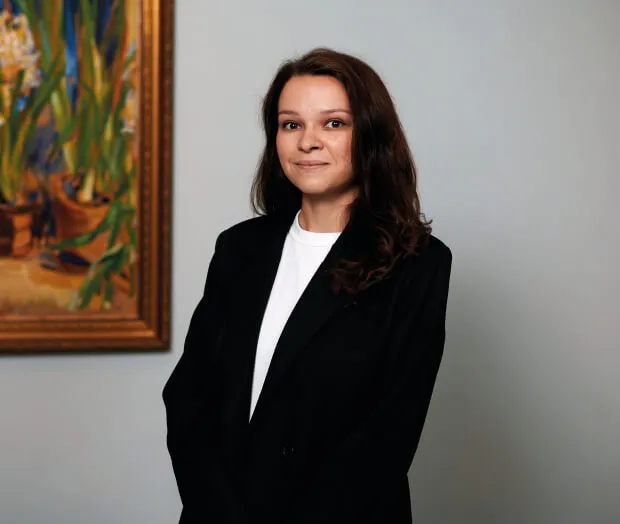
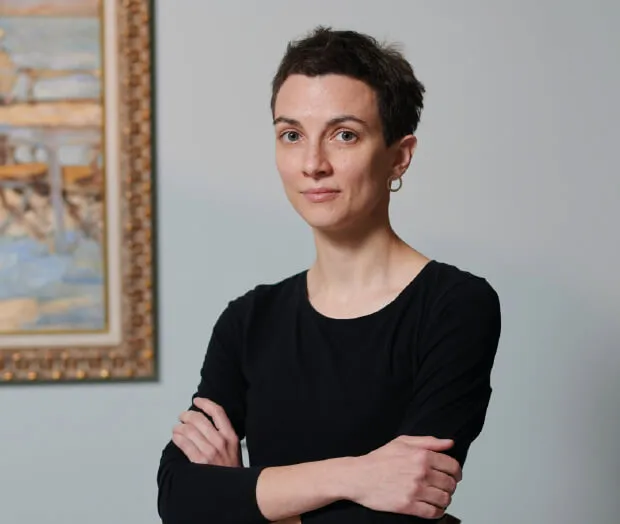

.webp)
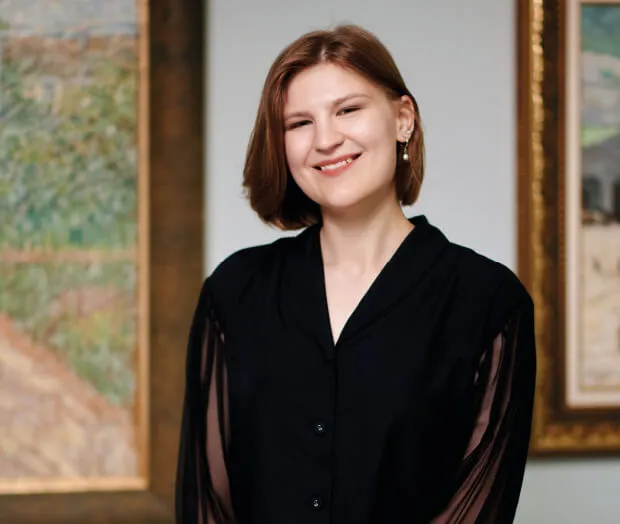
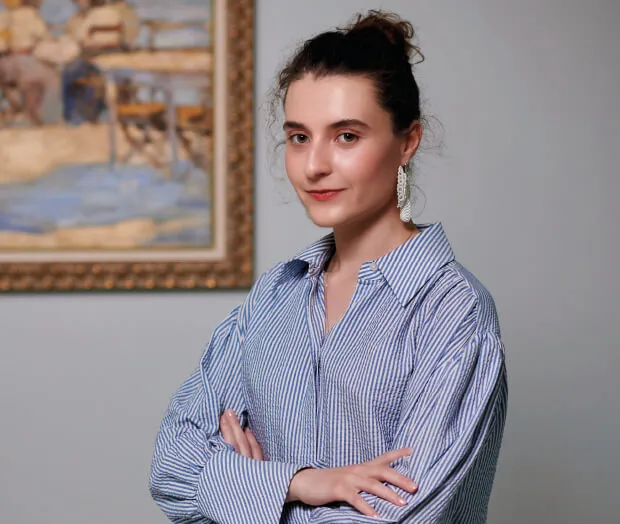
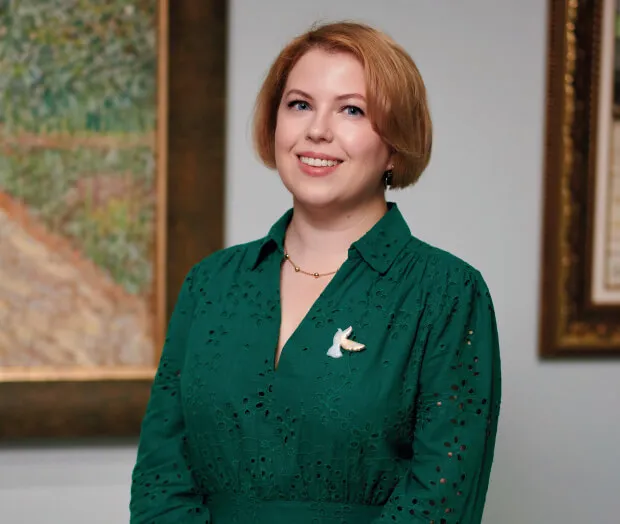
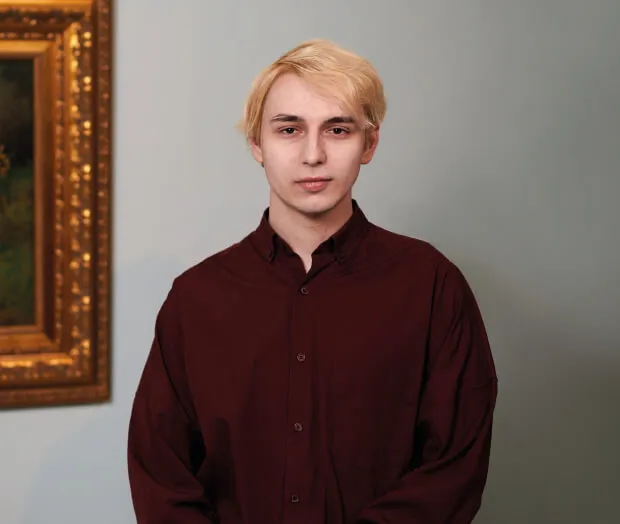


Касса закрывается за 30 минут до окончания работы
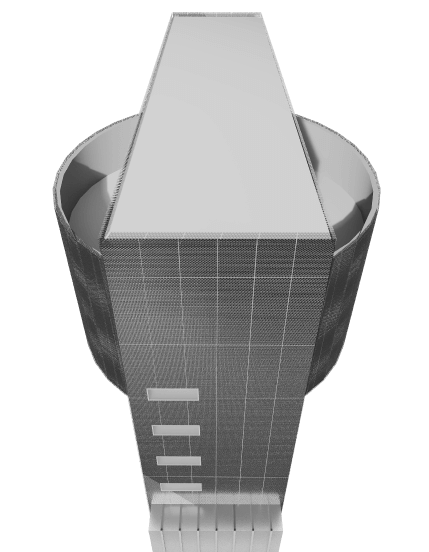
Касса закрывается за 30 минут до окончания работы.
пн, пт, сб, вс:
11:00–20:00
вт, ср, чт:
12:00–21:00
Иногда график нашего музея меняется, актуальный график работы на ближайшую неделю:
Автомобилистам рекомендуем ввести в навигаторе адрес здания напротив въезда на территорию БЦ «Большевик» – ул. Скаковая, дом 24. Вдоль дороги по улице Скаковая есть городская парковка.
В субботу и воскресенье по билету в Музей русского импрессионизма и карте Клуба Друзей музея доступна бесплатная парковка через дорогу от музея по адресу: ул. Скаковая, 24.
1. Пешком от станции метро «Белорусская» радиальная (15-20 мин)
Вам нужен выход из метро номер 4. Из дверей метро поверните направо, перейдите дорогу
по пешеходному переходу и сверните на мост. После моста продолжайте движение от центра вдоль Ленинградского проспекта. Дойдя до дома 15, стр. 1 на Ленинградском проспекте, сверните после магазина плитки «Керама Марацци» налево на территорию БЦ «Большевик». Пройдите мимо кафе
«На Большевике» и продолжайте путь вдоль строения 18. Справа вы увидите серебристое металлическое здание Музея русского импрессионизма.
2. На автобусе № м1 (например, от станций метро «Охотный ряд», «Пушкинская» и «Маяковская» (20\15\10 минут)
Проследуйте до остановки наземного транспорта «Улица Правды». Выйдя из автобуса, спуститесь
в подземный переход через Ленинградский проспект. Дойдите до дома 15, стр. 1 на Ленинградском проспекте., Сверните налево на территорию БЦ «Большевик», пройдите мимо кондитерской
«На Большевике» и продолжайте путь вдоль строения 18. Справа вы увидите серебристое металлическое здание Музея русского импрессионизма.